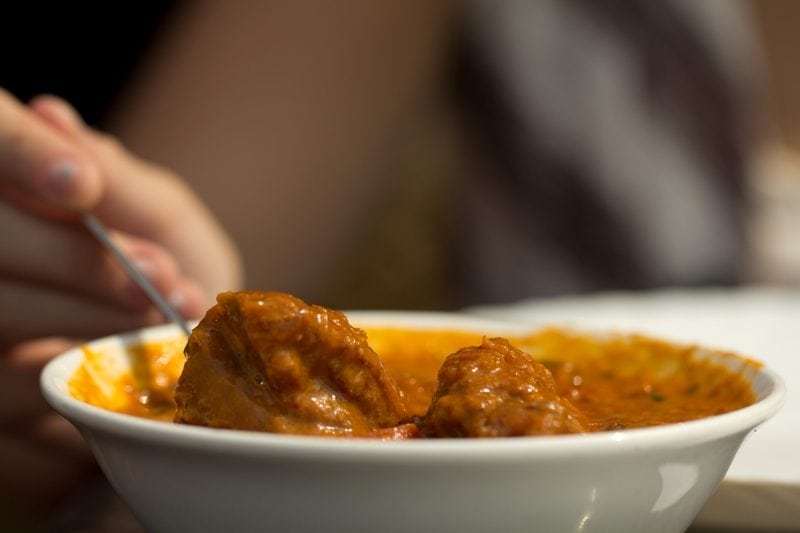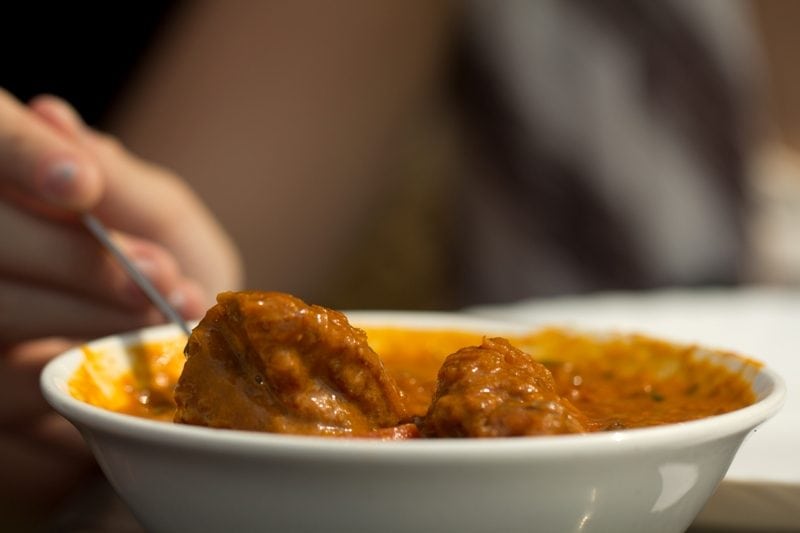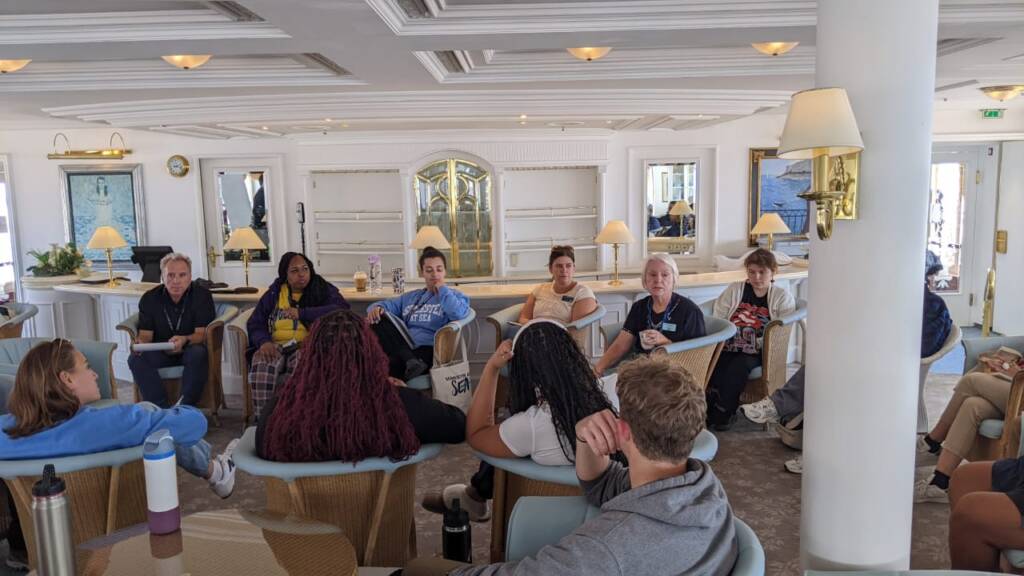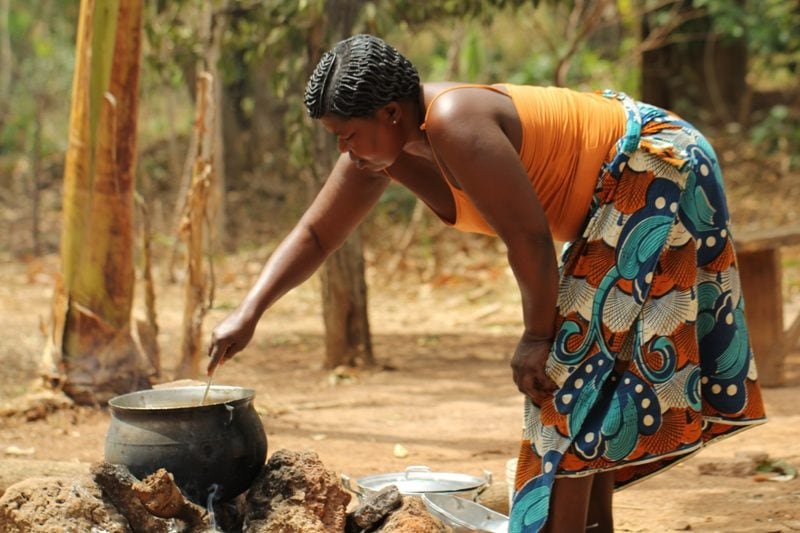
From The Last Supper to last night’s dinner, food has always played a fundamental role in a nation’s culture. Whether eating steamed tilapia off a green Brazilian banana leaf or seated on the floor of a Japanese sushi restaurant, food is always about more than just nutrients.
Dr. Heather Paxson, an anthropology professor from MIT, is truly using the world as her classroom through her “Anthropology of Food” course. With a book out this November on the food politics of artisan cheese, Paxson is excited to bring culinary culture to the forefront of her student’s minds as they travel the world this semester.
Food is a medium of communication. There are subtle messages in everything food-related: who sits first, who cooks what, when are you comfortable enough to eat leftovers off someones plate. Food can be a history lesson. For example, many Ghanaian recipes feature tomatoes; a colonial cash crop that only arrived in Africa via the slave trade. By paying attention to culinary details such as these, Paxson’s students are learning the intricacies of each country from its most necessary feature.
“When I designed this syllabus, I keyed the readings to the places we’re going. I ask about their food experiences after each port and then we relate them to class,” Paxson explained. “We talked a lot about authenticity and how it’s so elusive in terms of the preparation of dishes. Authenticity is something people are always looking for when they travel and food is a place where they’re often searching for it.”
“We came to the conclusion that authenticity is more about the act of hospitality,” explained Miho Fujii, a food science and human nutrition major at University of Hawai’i at MƒÅnoa. In her college courses back home, Fujii has always focused on the statistics and science of nutrition, but Paxson’s class has provided a valuable perspective. “I love her view on food,” she continued. “We analyze food on a more emotional basis. We connect how food can trigger memories both good and bad. Food is more than just what you eat everyday, but what it does to our well-being. The class really makes you analyze food a lot more.”
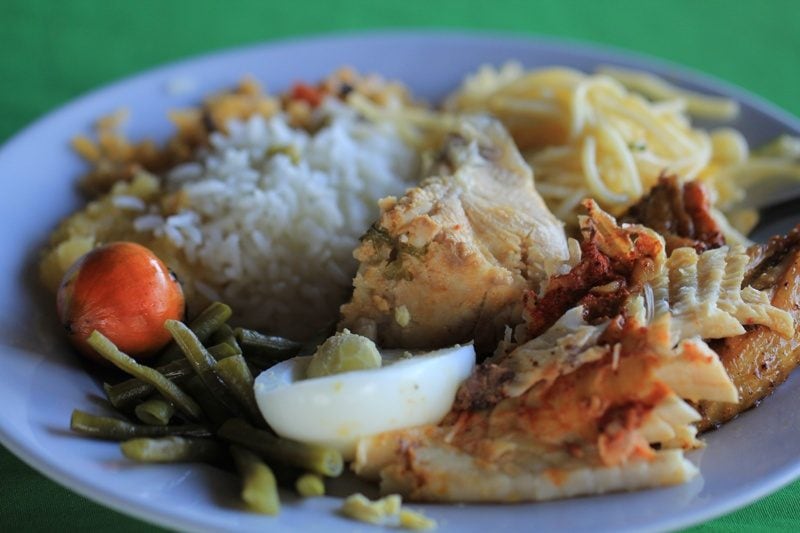
Anthropology students this semester have already visited an organic farm in Dominica and donned chef whites at a Brazilian culinary school. Next stop: Singapore, an internationally-recognized culinary destination. The tiny nation-state has long been a key crossroads of spice trade traffic, creating a contemporary culinary jumble of Chinese, Indian, and Malay flavors. Singaporeans simply love their food, they’re one of the few populations that spend more money on food at restaurants than on food at home. The small island boasts an astonishing 6,000 food stalls on a slice of land only a third the size of Houston, Texas.
“Anthropology of Food” is just one of the many courses that is enhanced by actually being able to travel the world. Paxson explained, “This class lends itself so well to what we’re learning on the ship this semester.” Even if you’re not on board the MV Explorer, see what you can learn from the structure of your next meal.
Click here for additional readings from Dr. Heather Paxson’s food and culture course at MIT.
Click here to read Dr. Heather Paxson’s bio.
